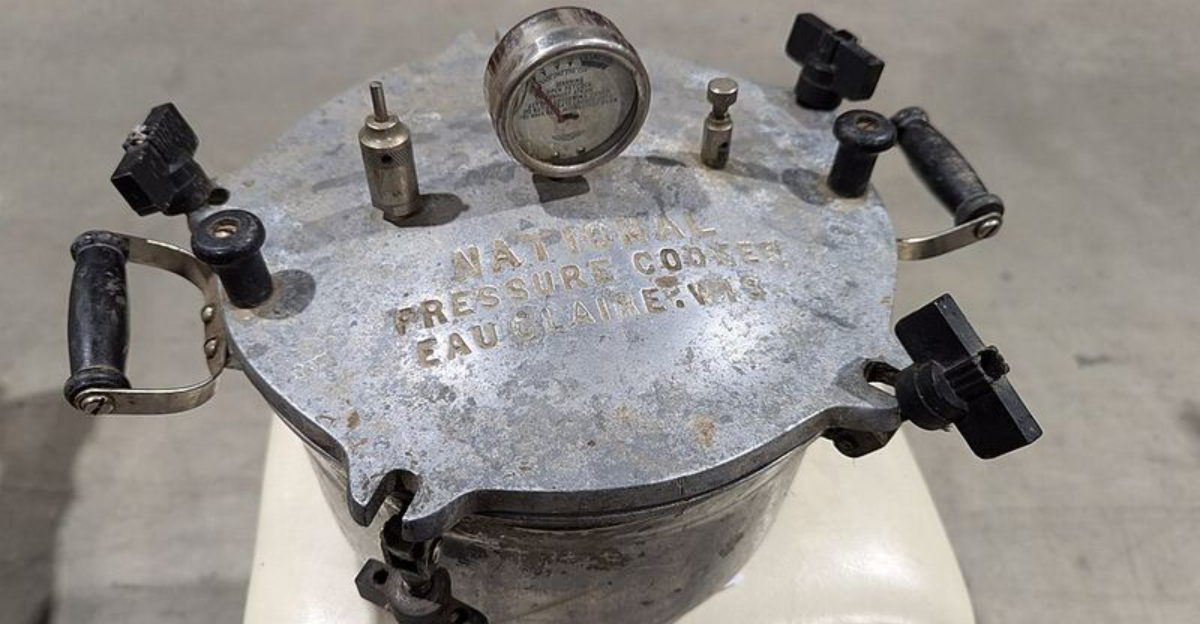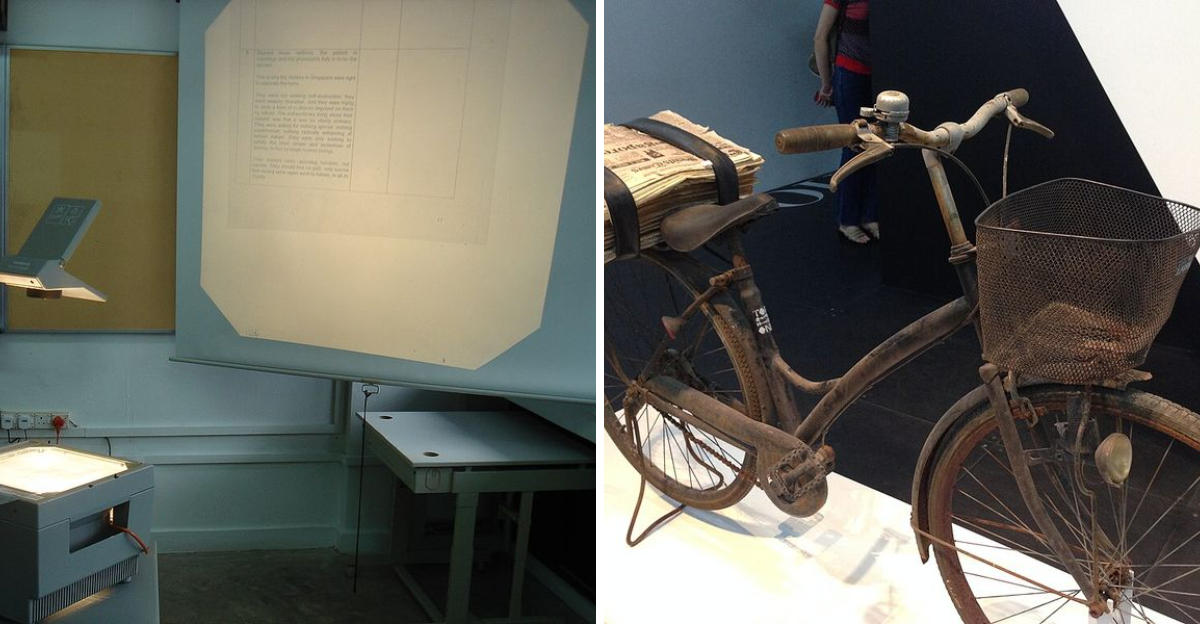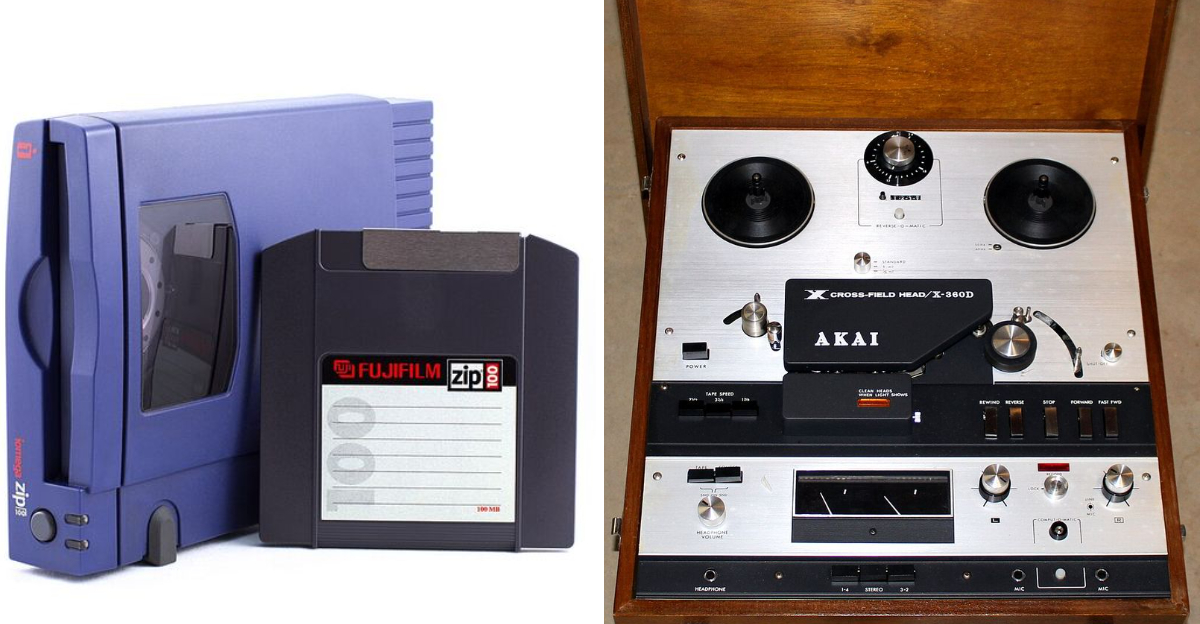17 Old-School Arcade Games From The ’80s That Time Forgot
Remember when arcades ruled the world?
Back in the 1980s, dimly lit rooms filled with flashing screens and electronic beeps were the coolest hangout spots around.
While everyone knows Pac-Man and Donkey Kong, tons of amazing games slipped through the cracks of history, waiting to be remembered again.
1. Joust

Flying ostriches and lance-wielding knights might sound like a fever dream, but this Williams Electronics masterpiece made it work brilliantly.
Players battled enemy riders while avoiding deadly lava pits below.
The flapping button mechanic created addictive gameplay that kept quarters flowing. Cooperative two-player mode turned friends into fierce competitors instantly.
Its quirky premise and challenging physics made every victory feel earned and memorable.
2. Gauntlet
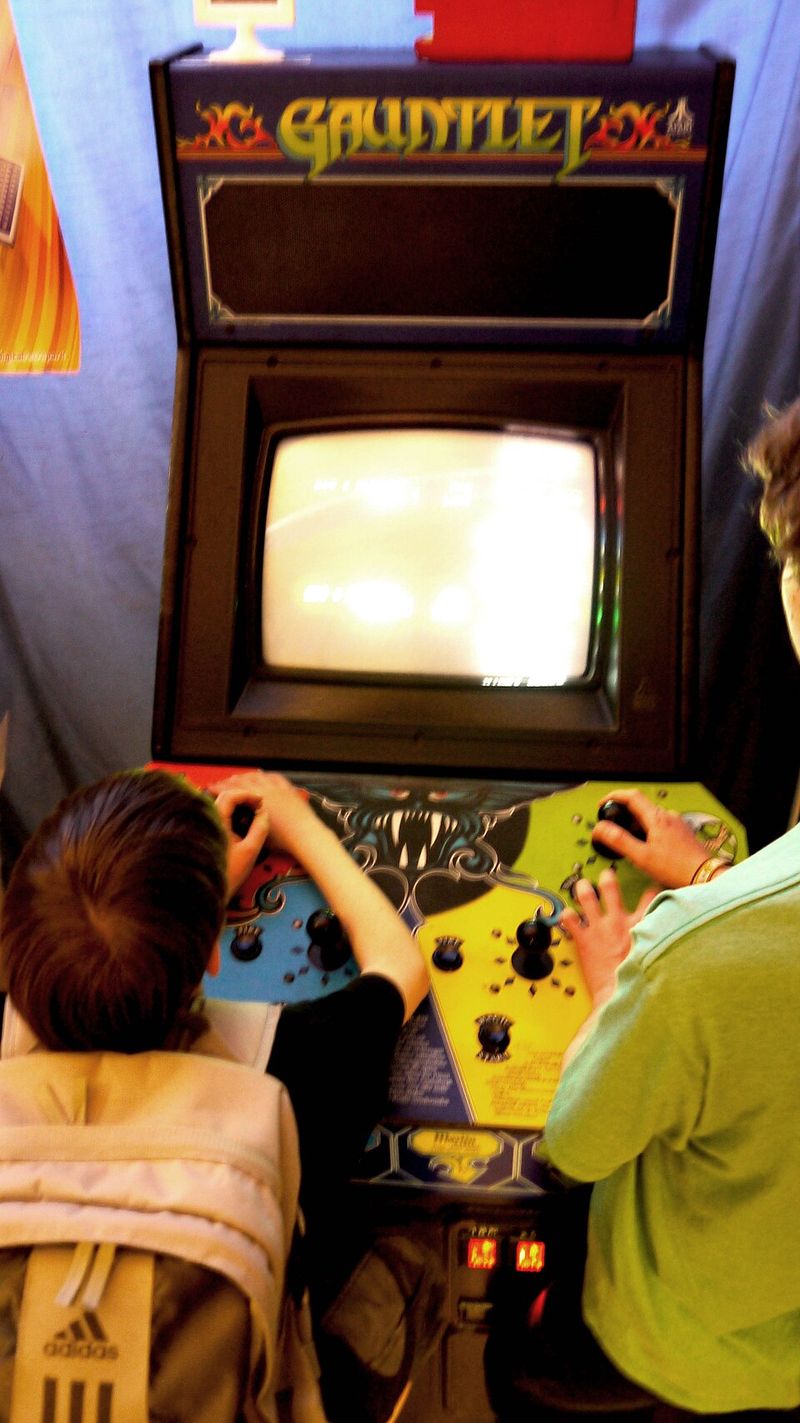
Before online multiplayer existed, Atari Games let four friends adventure together simultaneously. Warrior, Wizard, Valkyrie, and Elf each brought unique abilities to dungeon crawling.
The booming voice warnings like “Warrior needs food badly” became instant classics. Endless monster spawning from generators created genuine urgency and teamwork.
Cooperative gameplay mixed with competitive food-stealing made friendships both stronger and more complicated at once.
3. Q*bert
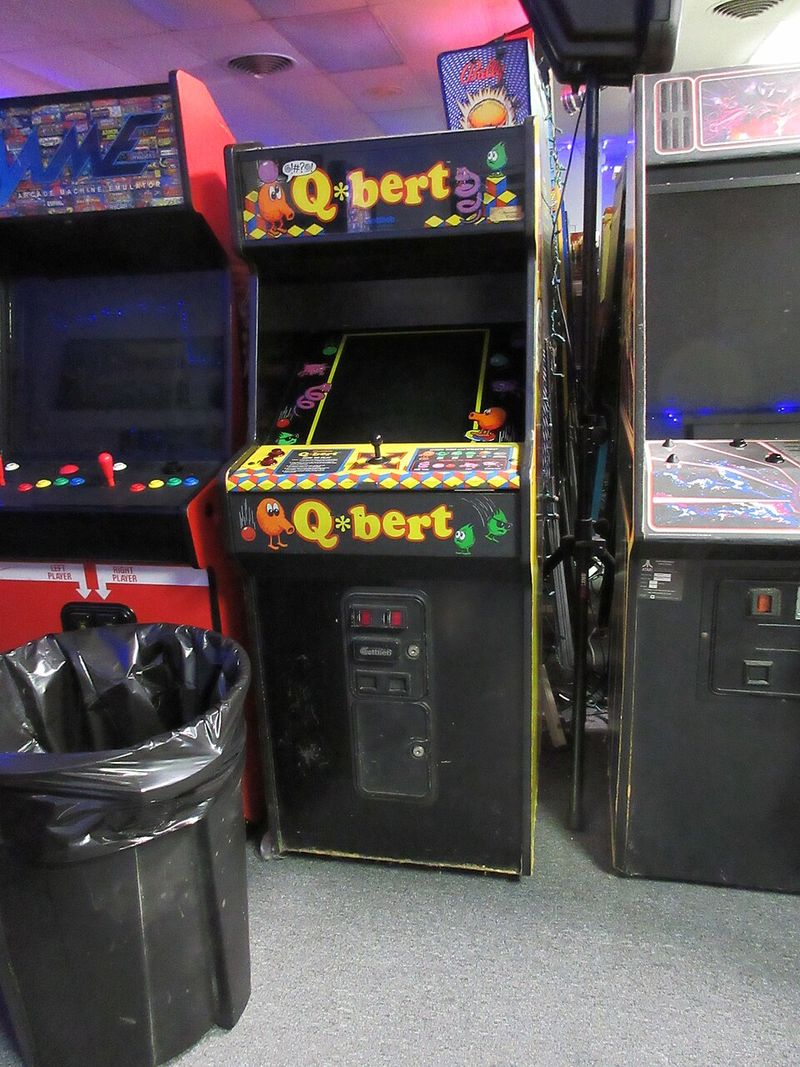
An orange creature with a nose and attitude changed every cube color by hopping around pyramids. Gottlieb’s geometric puzzler looked deceptively simple but demanded serious concentration.
Coily the snake became gaming’s most persistent pursuer, forcing constant movement. The nonsense swear words in speech bubbles when Q*bert died made everyone giggle.
Isometric perspective created visual confusion that somehow enhanced the addictive challenge perfectly.
4. Marble Madness
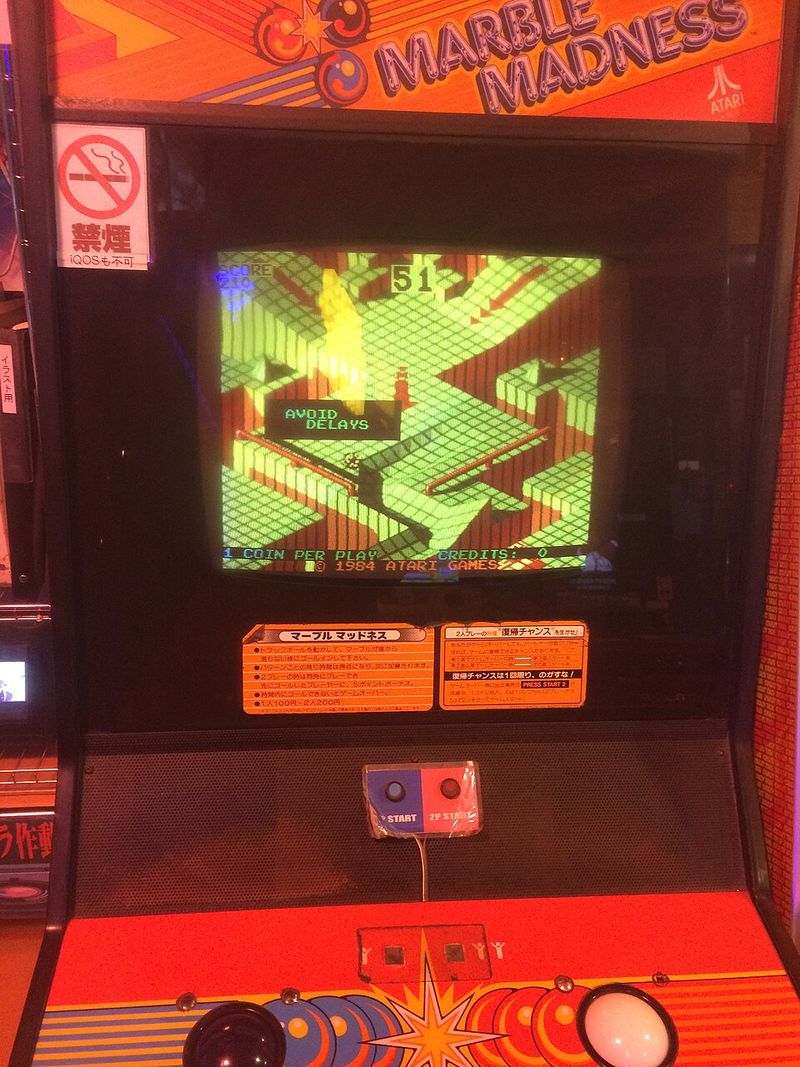
Atari’s trackball controller innovation reached perfection with this gravity-defying marble racer. Navigating treacherous ramps and avoiding vacuum cleaners required finesse and quick reactions.
The pseudo-3D graphics looked absolutely stunning for 1984 technology. Time pressure added stress as your marble raced through increasingly complex obstacle courses.
Cooperative two-player mode turned racing into hilarious marble mayhem with constant bumping and blocking.
5. Bubble Bobble
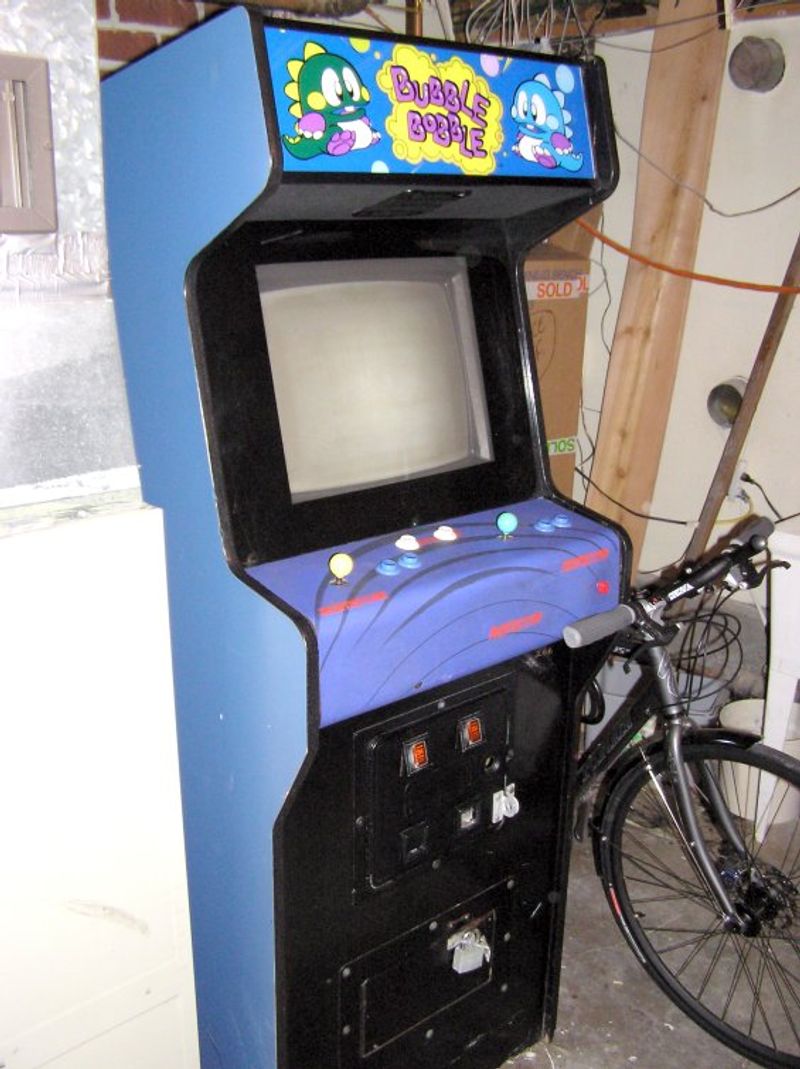
Taito gave the world adorable dragons named Bub and Bob who defeated enemies using bubbles. Trapping monsters then popping them released fruit and points galore.
Over 100 levels provided incredible value while maintaining fresh challenges throughout. Hidden secrets and multiple endings rewarded dedicated players who explored thoroughly.
The cheerful music and kawaii aesthetics created irresistible charm that transcended language barriers completely.
6. Robotron: 2084
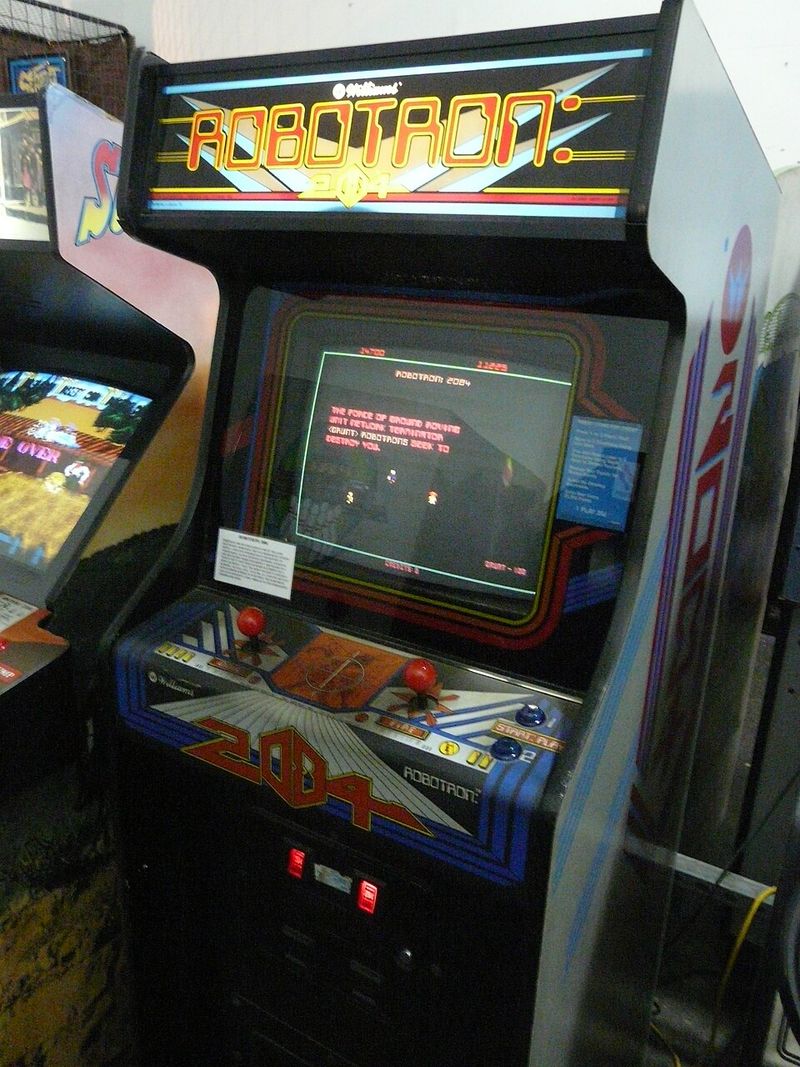
Eugene Jarvis created bullet-hell chaos before the term existed with this dual-joystick masterpiece. Saving the last human family while obliterating robot hordes demanded superhuman reflexes.
One stick moved, the other fired in eight directions independently. Wave after wave intensified until screens filled completely with enemies.
The difficulty curve climbed so steeply that surviving past wave twenty earned legendary status among arcade regulars.
7. Zaxxon

Sega revolutionized shooters by adding a vertical axis to navigate through enemy fortresses. Axonometric projection created depth perception challenges that felt completely fresh.
Your shadow on the ground indicated altitude, requiring constant attention while dodging walls. Fuel management added strategic resource considerations to frantic shooting.
The cabinet’s angled monitor enhanced the 3D illusion, making players feel genuinely immersed in space combat.
8. Spy Hunter
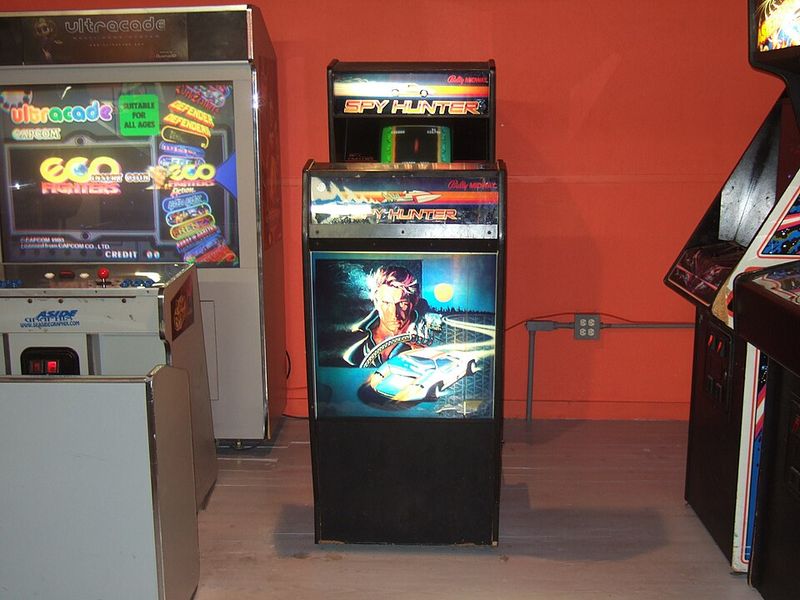
Bally Midway’s automotive espionage thriller let players live out secret agent fantasies behind the wheel. Machine guns, oil slicks, and smoke screens turned your car into rolling mayhem.
The Peter Gunn theme song became instantly recognizable to an entire generation. Transforming into a speedboat when hitting water ramps felt absolutely incredible.
Enemy vehicles tried ramming you off roads while helicopters dropped bombs from above constantly.
9. Tapper
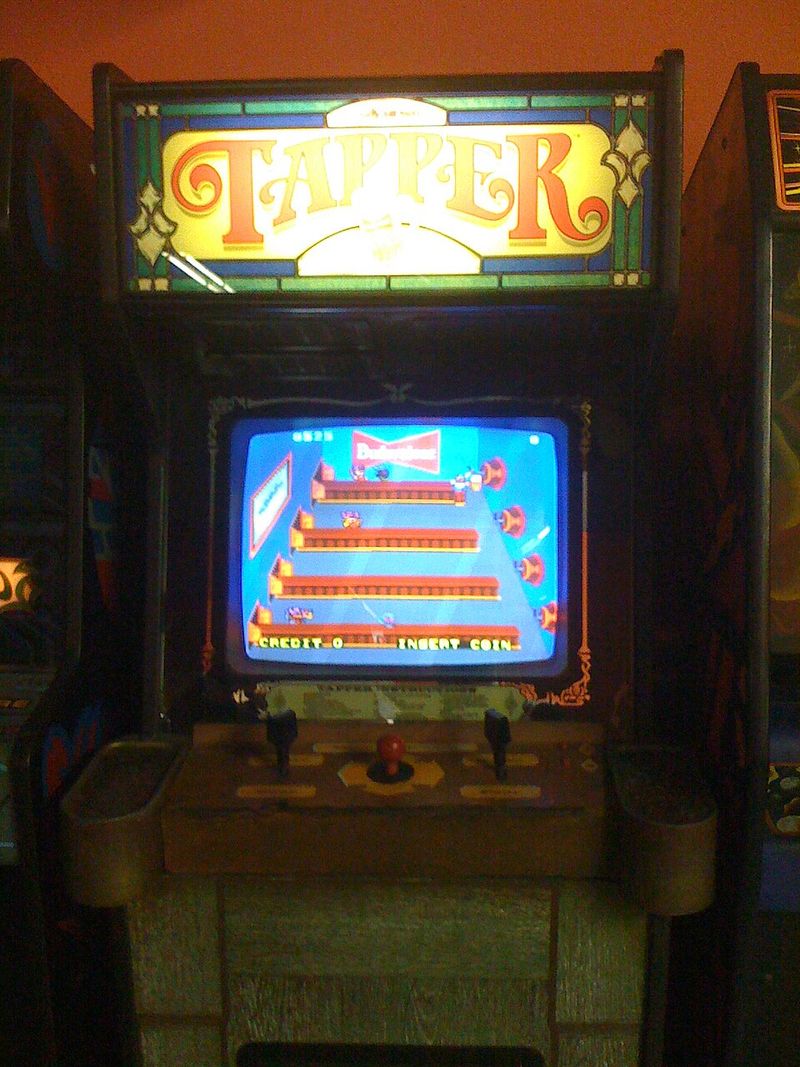
Budweiser originally sponsored this bartending simulator where reflexes determined customer satisfaction levels. Sliding mugs down four bars simultaneously created pattern-recognition challenges that escalated quickly.
Catching empty glasses before they crashed tested hand-eye coordination under pressure. Western and sports bar settings added visual variety between levels.
The cabinet sometimes featured actual tap handles, enhancing immersion. Root beer versions appeared later for family-friendly venues everywhere.
10. Elevator Action
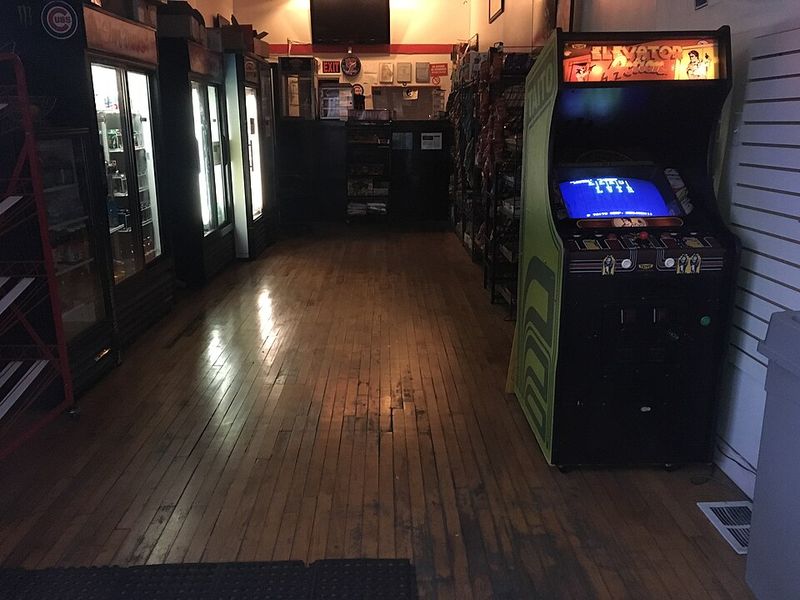
Taito’s secret agent infiltrated buildings using elevators and escalators as tactical advantages. Collecting documents behind red doors while shooting enemy agents created tense stealth action.
Timing elevator movements perfectly crushed pursuers beneath descending platforms satisfyingly. Light bulbs could be shot out to create darkness for sneaky escapes.
The simple premise belied surprisingly deep gameplay that rewarded planning over button-mashing chaos.
11. Centipede
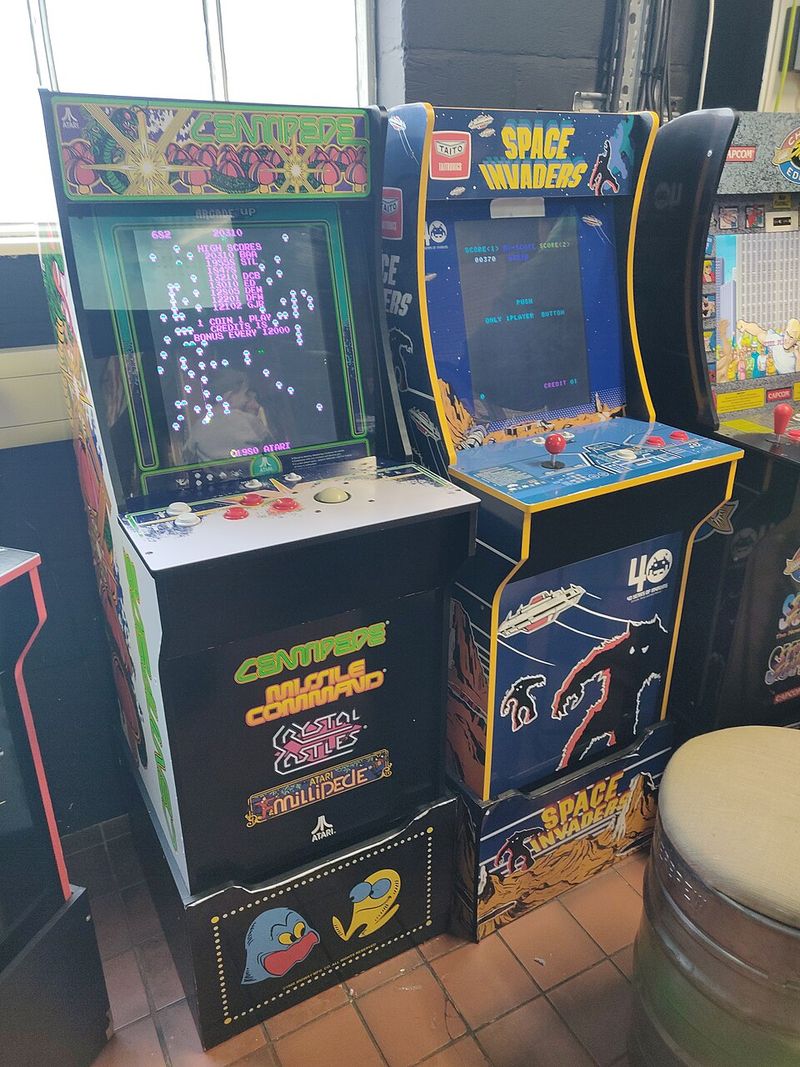
Atari’s trackball shooter became an instant phenomenon with its mushroom-filled garden battleground. Shooting centipede segments created smaller, faster threats that demanded constant vigilance.
Spiders, fleas, and scorpions added chaotic variety to insect extermination. The trackball allowed precise movements that joysticks couldn’t match.
Designer Dona Bailey created one of gaming’s first female-developed hits. Bright colors and organic movement patterns felt mesmerizing and terrifying simultaneously.
12. 1942

Capcom launched their legendary shooter series with this Pacific Theater dogfighting classic. Piloting a P-38 Lightning against endless Japanese forces created historically-themed bullet-dodging action.
The barrel roll maneuver provided temporary invincibility during overwhelming attacks. Power-ups enhanced firepower progressively throughout thirty-two challenging stages.
Bonus stages offered brief respites where collecting formations earned extra points. The series spawned numerous sequels, but the original maintained special charm.
13. Defender
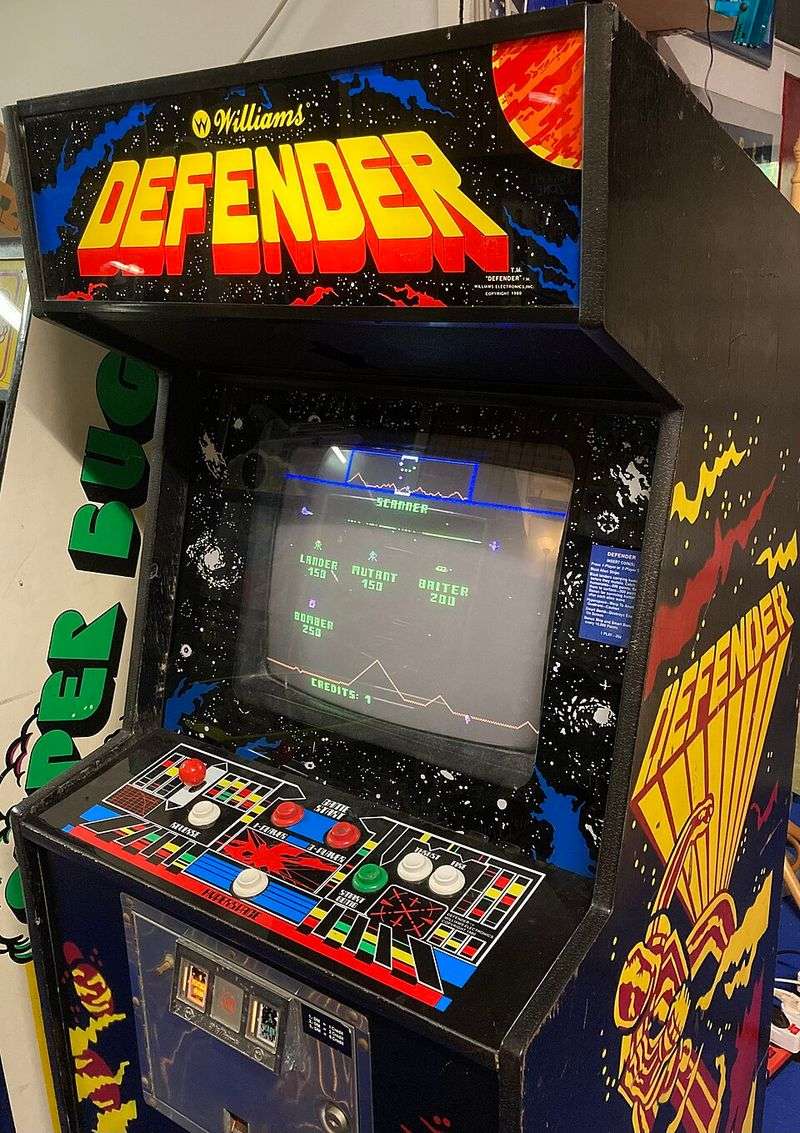
Williams Electronics created controller complexity nightmares with five buttons and a joystick configuration. Protecting humanoids from alien abduction while managing smart bombs and hyperspace required serious coordination.
The wraparound screen meant threats approached from every direction constantly. Landers transformed into deadly Mutants after successful abductions.
Despite brutal difficulty, dedicated players achieved Zen-like mastery. Eugene Jarvis designed another legendary quarter-eater that defined arcade excellence.
14. Moon Patrol
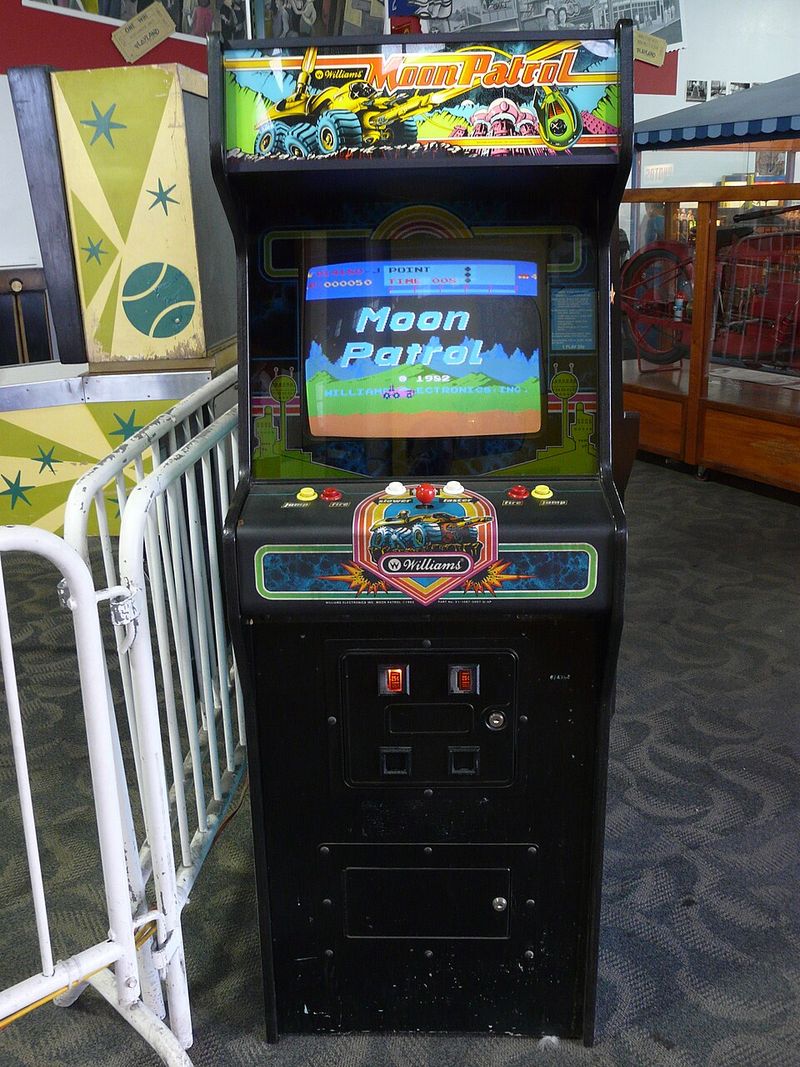
Irem’s lunar buggy hopped over craters while blasting UFOs in this pioneering parallax-scrolling adventure. Dual fire buttons shot forward and upward simultaneously against different threats.
Rocks, mines, and pits required split-second timing to avoid damage. The catchy music became one of gaming’s earliest memorable soundtracks.
Alphabet checkpoints marked progress through increasingly treacherous moon terrain. Simple controls masked deceptively challenging obstacle patterns throughout.
15. Pole Position
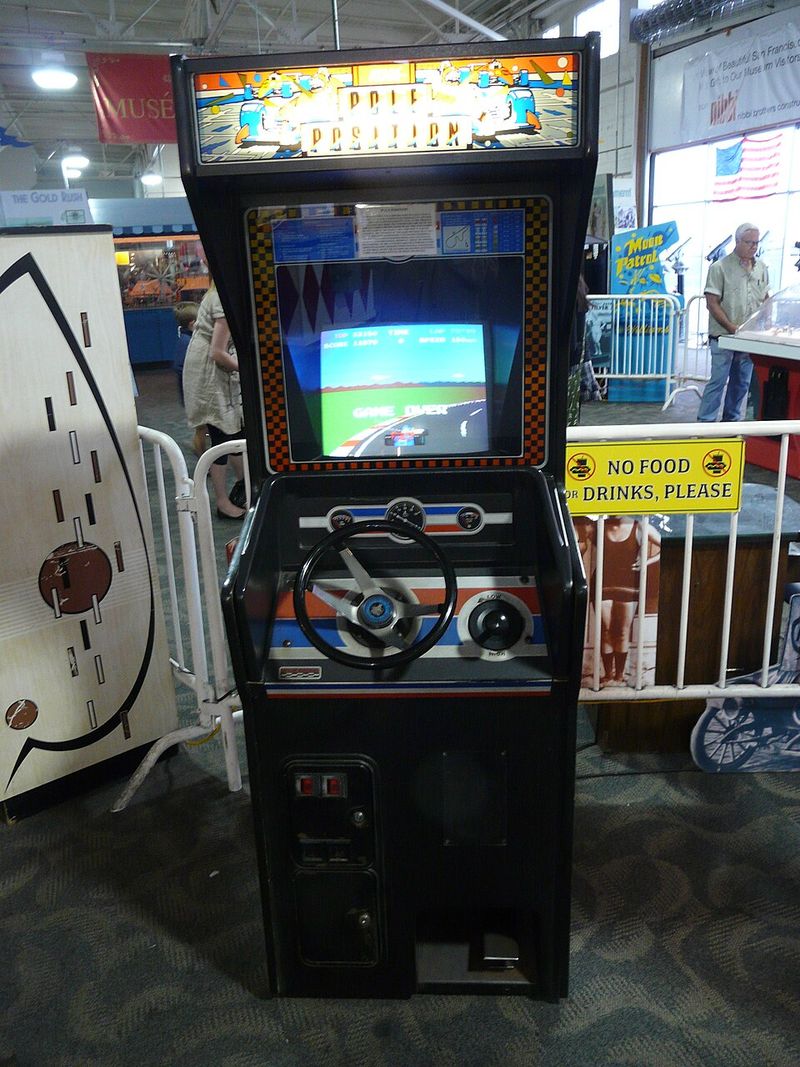
Namco’s racing simulation set standards that influenced driving games for decades afterward. Qualifying laps determined starting position before the actual race began.
The steering wheel, gear shift, and pedals created authentic driving immersion. Billboards advertised real companies, pioneering in-game product placement.
Crashing produced spectacular explosions that ended runs instantly. Graphics pushed technological boundaries, making players feel genuine speed. The title became synonymous with racing excellence everywhere.
16. Dragon’s Lair

Don Bluth’s animated masterpiece revolutionized arcades with film-quality visuals on laserdisc technology. Players guided bumbling knight Dirk through timed button presses rather than traditional controls.
Each death played hilarious animated sequences that made failure entertaining. The gorgeous animation attracted crowds who watched others play.
Quarter consumption reached legendary levels due to trial-and-error memorization gameplay. Despite limited interactivity, the cinematic experience felt groundbreaking and magical.
17. Gyruss
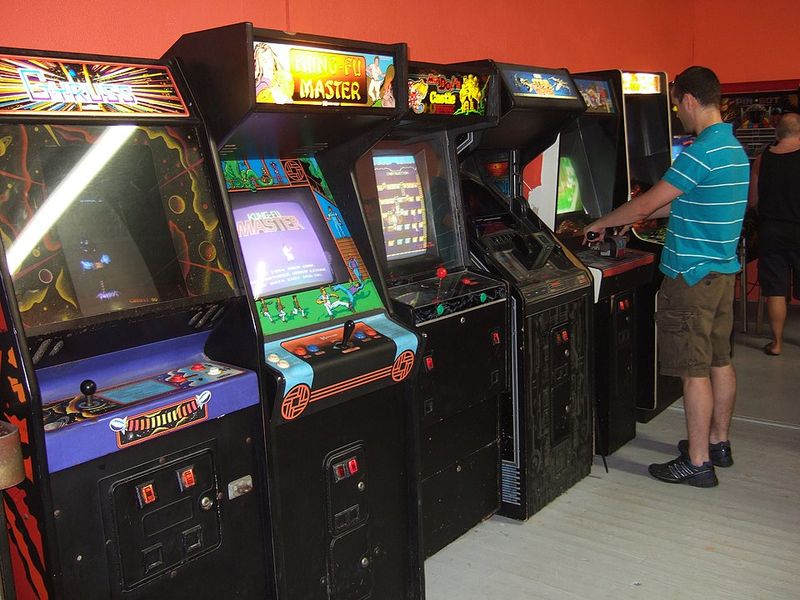
Konami twisted the space shooter formula by wrapping gameplay around a cylinder’s exterior. Ships orbited the screen’s edge while enemies emerged from the center outward.
Bach’s Toccata and Fugue in D Minor provided an unexpectedly classical soundtrack. Journey from Neptune to Earth created a tangible sense of progression.
The unique perspective required spatial thinking adjustments that felt refreshingly different. Dual-fire buttons unleashed satisfying firepower against relentless alien formations.

